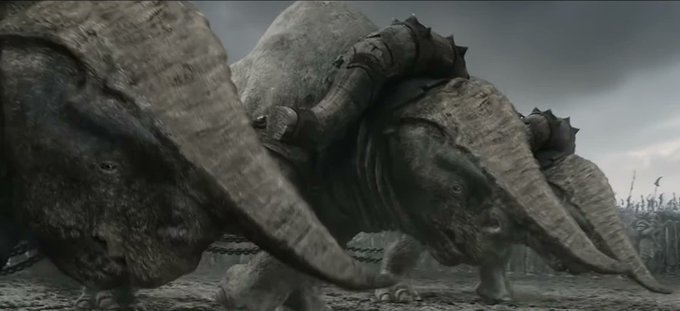They’re technically not teeth either, they’re sawskate rostral denticles (Onchopristis below) which evolved from dermal denticles (“scales”) and not teeth. https://t.co/M7A0QLEsGT
The new paper on Dunkleosteus size estimates used my dorsal fin reconstruction for Coccosteus and even cited my blog post!
I updated my blog post about the Protoceratops mummy to include the new photos and information.
@mariolanzas5 This is wrong. The upper dentition made close contact with the lower whorl to sharpen the teeth and effectively cut prey, so both jaws are pretty narrow. This is shown in the preserved jaw cartilages (especially in figure D).
More thoughts on Cretalamna today. The most unexpected thing about the body fossils is the position of the first dorsal fin above the pectorals. In all other lamniforms, the first dorsal is behind the pectorals.
Interesting that this recent paper reconstructed Panthera spelaea with stripes. The evidence for this idea is laughably weak, it's based on over-interpretation of very ambiguous art.
This painting by Rudolph Zallinger, published in Life magazine in 1953, might contain the earliest life reconstruction of a sclerorhynchoid.
The enigmatic Carboniferous organism Typhloesus has been reinterpreted as a mollusc and potentially a gastropod. Look at its little radula ('toothed tongue")!
The great beasts that pull Grond in the Jackson Return of the King were supposedly inspired by Megacerops. Personally, I think they ended up looking pretty different.
















